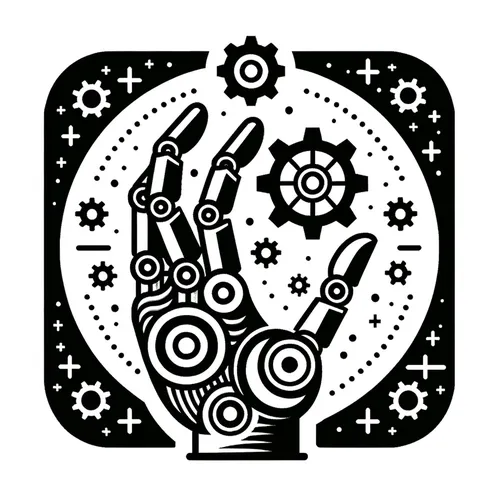Robots Gone Wild: AI Unleashes Automation Frenzy as Industry Titans Clash!
- Author
- Quiet. Please
- Published
- Mon 07 Jul 2025
- Episode Link
- https://www.spreaker.com/episode/robots-gone-wild-ai-unleashes-automation-frenzy-as-industry-titans-clash--66886290
This is you Robotics Industry Insider: AI & Automation News podcast.
The industrial robotics and automation landscape is electrified with innovation as we move deeper into July 2025. Recent weeks have seen major players unveil breakthrough technologies: ABB Robotics, at Automatica 2025 in Munich, launched three new heavy-duty industrial robot arms capable of handling payloads up to 350 kilograms and a compact autonomous mobile robot that can navigate indoor logistics with exceptional precision. ABB’s leadership highlights a central trend—versatility—where robots combine mobility, advanced vision, and artificial intelligence to seamlessly switch between diverse real-world tasks. These launches point to a new era of “Autonomous Versatile Robotics” that is redefining expectations for flexibility and throughput in automotive, electronics, and logistics sectors.
Market momentum is extraordinary. According to Precedence Research, the global industrial automation market is valued at over 256 billion United States dollars in 2025 and projected to reach nearly 570 billion by 2034, a testament to the sector’s compound annual growth rate surpassing nine percent. The International Federation of Robotics reports that over 4.28 million industrial robots are now operating worldwide, propelled by record installation volumes and pressing demand for automation amid persistent labor shortages and a focus on post-pandemic resilience.
Artificial intelligence is the industry’s nervous system. Robots are now equipped with analytical artificial intelligence that interprets sensor data for self-optimizing behavior and generative models that enable rapid, autonomous training in virtual environments. This shift is often described as a “ChatGPT moment” for robotics, opening the door for machines to learn complex tasks with minimal programming. Industrial applications abound: smart factories use artificial intelligence-powered robots for repetitive precision work, supply chain optimization, and predictive maintenance, freeing human workers for higher-value activities and improving safety by reducing manual labor risks.
Warehouse automation continues its rapid evolution. Despite macroeconomic headwinds and trade uncertainties in 2025, strong order intake from 2024 is fueling robust deployments in fixed automation and offsetting some declines in mobile robotics. This trend aligns with broader digital transformation across manufacturing, logistics, and even healthcare, where automation is driving efficiency, consistency, and new business models.
Listeners considering automation investments should prioritize solutions that integrate artificial intelligence and robotics for adaptability and real-time optimization. Emphasizing flexibility and data-driven control will future-proof operations in an increasingly dynamic market. Looking ahead, expect continued convergence of artificial intelligence with physical robotics, more collaborative robots on factory floors, and heightened industry partnerships as automation becomes a strategic imperative worldwide.
Thank you for tuning in to Robotics Industry Insider from Quiet Please. Check back next week for more essential updates, and for more from me, visit Quiet Please Dot A I.
For more http://www.quietplease.ai
Get the best deals https://amzn.to/3ODvOta
